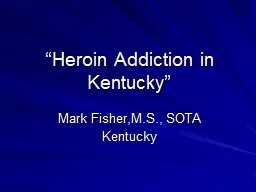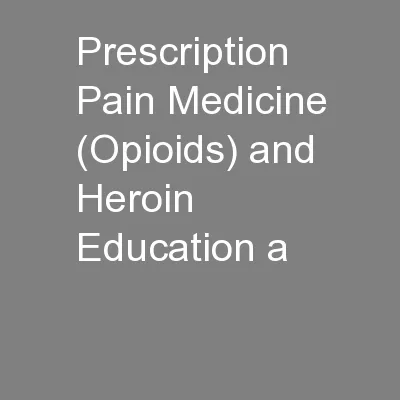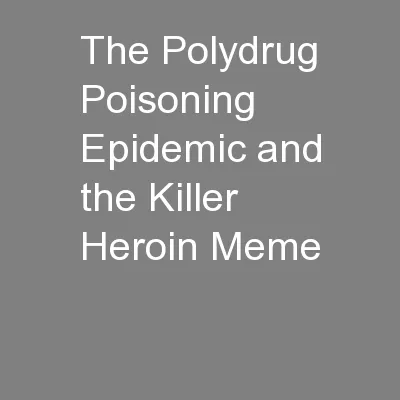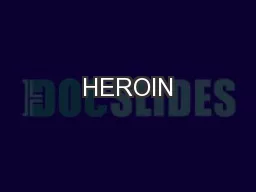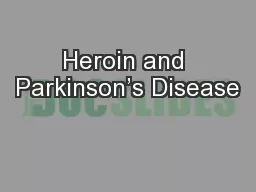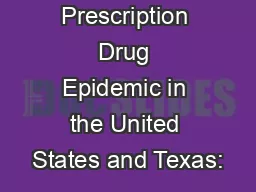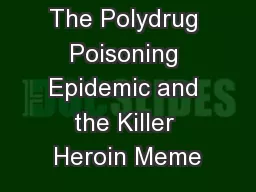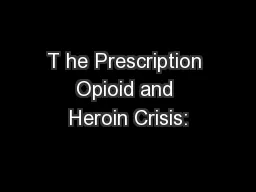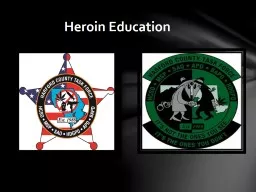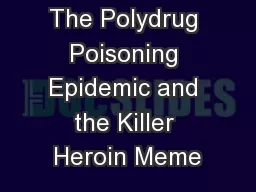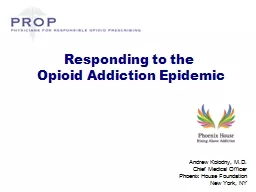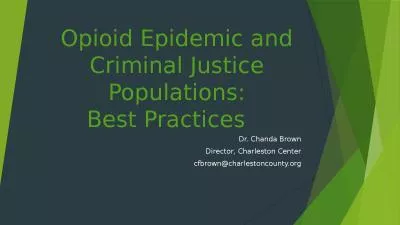PDF-Today’s Heroin Epidemic
Author : sherrill-nordquist | Published Date : 2016-06-11
Heroin use more than doubled among young adults ages 1815025 in the past decade 2x 9 in 10 More than 9 in 10 people who used heroin also used at least one other
Presentation Embed Code
Download Presentation
Download Presentation The PPT/PDF document "Today’s Heroin Epidemic" is the property of its rightful owner. Permission is granted to download and print the materials on this website for personal, non-commercial use only, and to display it on your personal computer provided you do not modify the materials and that you retain all copyright notices contained in the materials. By downloading content from our website, you accept the terms of this agreement.
Today’s Heroin Epidemic: Transcript
Download Rules Of Document
"Today’s Heroin Epidemic"The content belongs to its owner. You may download and print it for personal use, without modification, and keep all copyright notices. By downloading, you agree to these terms.
Related Documents



